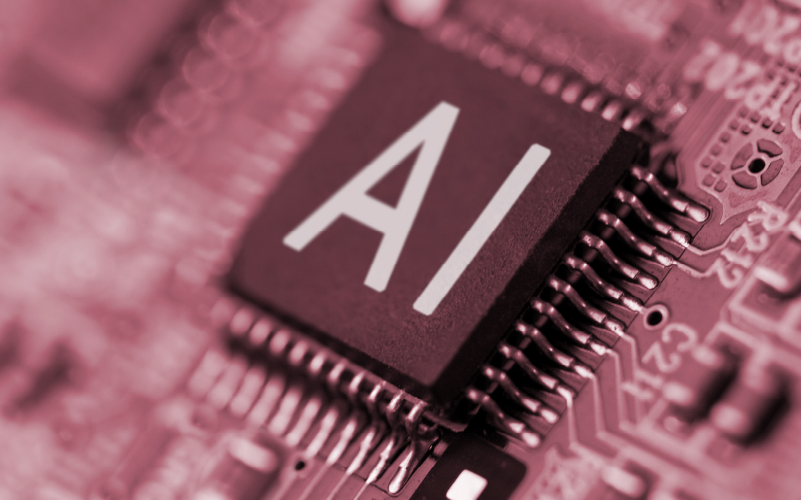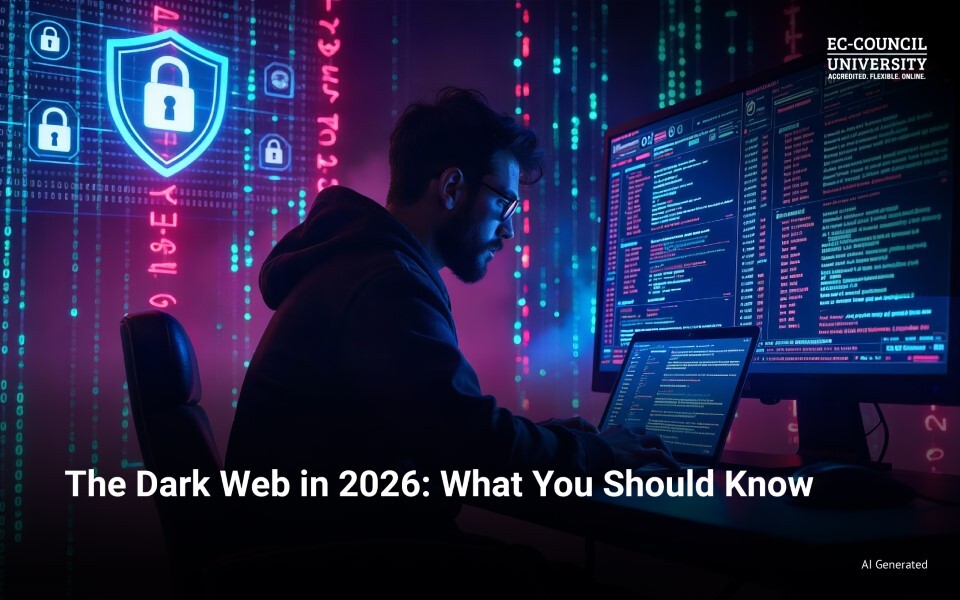The rapid advancement of artificial intelligence has transformed various aspects of our lives, bringing about unprecedented convenience and efficiency. However, new cybersecurity threats have emerged with the increasing adoption of AI technologies. As AI becomes more sophisticated, so do the techniques employed by cybercriminals. Here, we will examine some of the critical cybersecurity threats in the age of artificial intelligence and discuss potential strategies to mitigate these risks.
- AI-Powered Malware-
One of the significant concerns is the use of AI in developing sophisticated malware and cyber-attacks. AI can be employed to automate identifying system vulnerabilities, crafting targeted attacks, and evading traditional security measures. Cybercriminals can leverage AI algorithms to develop malware that adapts and learns from its environment, making it challenging to detect and mitigate.
To combat AI-powered malware, cybersecurity professionals need to employ AI-driven defenses. Machine learning algorithms can examine large sets of data and identify patterns associated with malicious activities. By continuously updating and training AI models with the latest threat intelligence, security systems can proactively detect and respond to emerging threats.
- Deepfake Attacks-
Deepfake technology, which utilizes AI to manipulate or fabricate multimedia content, poses a significant threat to individuals, organizations, and even national security. Cybercriminals can create convincing deepfake videos, images, or audio recordings to deceive individuals or manipulate public opinion
These deepfake attacks can be used for various malicious purposes, such as spreading disinformation, blackmailing individuals, or impersonating key figures for financial gain. Detecting deepfakes is becoming increasingly challenging as AI algorithms improve their ability to generate highly realistic content.
To counter deepfake attacks, researchers are developing AI algorithms that can identify manipulated content. These algorithms analyze subtle visual or audio cues that indicate tamperings, such as inconsistencies in facial expressions or unnatural speech patterns. Moreover, educating individuals about deepfakes and promoting media literacy is crucial to reducing the impact of such attacks.
- AI-Assisted Social Engineering-
Social engineering attacks have long been a favored method for cybercriminals to exploit human vulnerabilities. With AI, social engineering attacks can become even more sophisticated and personalized. AI algorithms can collect and interpret vast amounts of data from social media, online profiles, and public records to craft highly tailored phishing or spear-phishing attacks.
AI-powered chatbots or voice assistants can convincingly impersonate trusted individuals or organizations, making it harder for victims to identify fraudulent activities. Furthermore, AI can automate the process of crafting compelling social engineering messages, increasing the scale and efficiency of these attacks.
Organizations and individuals should implement robust security awareness programs to combat AI-assisted social engineering. Education and training can help individuals recognize the signs of phishing attempts, avoid sharing sensitive information, and follow best practices for online security. Implementing multi-factor authentication and regularly updating security protocols can also mitigate the risk of successful social engineering attacks.
- Adversarial Attacks on AI Systems-
AI systems are vulnerable to malicious invasions, where malicious actors manipulate input data to deceive or manipulate the algorithms’ decision-making process. By making subtle changes to input data, adversaries can trick AI systems into misclassifying images, speech, or text, leading to potentially harmful consequences.
Adversarial attacks can have severe implications in various domains, including autonomous vehicles, healthcare diagnostics, and financial systems. Protecting AI systems against adversarial attacks requires robust defense mechanisms, such as incorporating adversarial training during the AI model’s development phase. Regularly testing and auditing AI systems for vulnerabilities can also help identify and patch security gaps.
As AI continues to advance, it brings both opportunities and challenges in the realm of cybersecurity. Understanding the potential cybersecurity threats posed by AI technology is crucial to developing effective defense mechanisms and strategies to safeguard our digital ecosystems. AI-driven attacks, deepfake threats, AI-assisted social engineering, and adversarial attacks on AI systems are just a few examples of the evolving cybersecurity landscape in the age of artificial intelligence.
Collaboration between AI researchers, cybersecurity experts, and policymakers is essential to mitigate these threats. Here are a few additional strategies to enhance cybersecurity in the AI era:
- Robust Data Security: Since AI systems heavily rely on vast amounts of data, securing data storage and transmission is paramount. Encryption, access controls, and secure data handling practices should be implemented to protect sensitive information from unauthorized access or manipulation.
- Ethical AI Development: Integrating ethical considerations into AI development is crucial. Developers should prioritize building AI systems that adhere to fairness, transparency, and accountability principles. Regular audits and assessments of AI systems can help identify and address biases or vulnerabilities that malicious actors could exploit.
- Continuous Monitoring and Threat Intelligence: Implementing real-time monitoring and threat intelligence systems can help detect and respond to emerging cyber threats. AI-powered security analytics platforms can analyze network traffic, user behavior, and system logs to identify suspicious activities and potential vulnerabilities.
- Collaboration and Information Sharing: Cybersecurity professionals, AI researchers, and industry stakeholders should collaborate and share knowledge to stay ahead of evolving threats. Information about new attack techniques, vulnerabilities, and countermeasures can improve cybersecurity readiness.
- Regular Patching and Updates: Keeping AI systems and associated software up to date with the latest security patches is vital to address known vulnerabilities. Timely updates help protect against exploits and minimize the risk of successful cyber-attacks.
- Robust Authentication and Access Controls: Implementing strong authentication mechanisms, such as multi-factor authentication, and adopting the principle of least privilege can limit unauthorized access to AI systems and sensitive data. Regularly reviewing and revoking the access rights of users and third-party applications is crucial to minimize potential attack vectors.
- AI-Powered Security Solutions: Leveraging AI technologies for cybersecurity defense is crucial in this evolving landscape. AI algorithms can be utilized to detect anomalies, identify patterns, and automate threat response, enhancing the efficiency and effectiveness of security operations.
In addition to these strategies, organizations and individuals can also consider enrolling in cybersecurity courses and certifications offered by reputable institutions like EC Council University. These courses provide in-depth knowledge and training on various aspects of cybersecurity, including the latest advancements in AI and its applications in cyber defense. The rapid advancement of AI technology brings numerous benefits but presents new cyber security challenges. To mitigate these threats, a proactive and multidimensional approach is required. By combining AI-driven defense mechanisms, robust data security practices, ethical AI development, and collaborative efforts, we can better protect our digital infrastructure from evolving cyber threats in the age of artificial intelligence. Continued research, awareness, and investment in cybersecurity measures are crucial to safeguarding our digital future.







